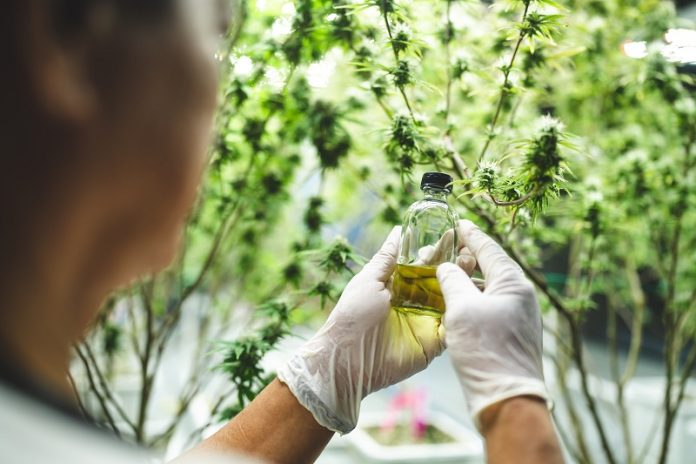
A recent study conducted by researchers from UC Davis Health and the University of Washington delves into the motives behind teen cannabis use and its impact on usage patterns and consequences.
The study, published in the journal Psychology of Addictive Behaviors, aimed to gain insight into the driving forces behind cannabis consumption among adolescents.
The researchers found that teens with a higher “demand” for cannabis, meaning they were more willing to use it when it was readily available and were willing to spend more on it, tended to use cannabis primarily for enjoyment.
This inclination towards using cannabis for pleasure was associated with increased consumption and a higher likelihood of experiencing negative consequences.
Furthermore, teens with a greater demand for cannabis were also inclined to use it as a coping mechanism, using it to escape from their problems.
This coping motive was linked to experiencing more negative consequences, as measured by the Marijuana Consequences Checklist.
Adverse effects included difficulties with memory concentration and engaging in behavior perceived as foolish or goofy.
Cannabis is the most commonly used illicit drug in the United States, posing a significant public health concern, especially among adolescents.
The study revealed that in 2022, 30.7% of twelfth graders reported using cannabis in the past year, with 6.3% reporting daily cannabis use in the past month.
These trends are concerning because cannabis use can have substantial adverse effects on teen health, including an increased risk of psychiatric disorders, addiction, and cannabis use disorder.
Dr. Nicole Schultz, the first author of the study, emphasized the importance of understanding the motives behind adolescent cannabis use for prevention and intervention efforts.
Early intervention is crucial, as the age of onset of cannabis use is linked to the likelihood of developing cannabis use disorders.
The study focused on two primary motives: enjoyment and coping. It investigated how these motives influenced the relationship between cannabis demand, cannabis-related outcomes, and usage patterns.
The study participants were aged 15 to 18 and completed surveys at three-month intervals over a six-month period.
The findings indicated that greater cannabis demand was associated with using cannabis for enjoyment, primarily related to the initiation of use rather than problematic usage.
On the other hand, a willingness to consume more cannabis without cost and spending more overall was positively linked to using cannabis for coping reasons.
Both enjoyment and coping motives were associated with experiencing negative consequences from cannabis use, such as increased anxiety, regrettable decisions, and school or employment-related issues.
The study had certain limitations, including a lack of diversity in the participant pool, with nearly 88% identifying as white. Additionally, the self-reported nature of cannabis usage may introduce reporting biases.
Finally, the study’s results may be specific to regions like Seattle, where cannabis has been legalized for adults.
In conclusion, the study suggests that promoting substance-free activities that are enjoyable for adolescents and helping them develop healthy coping strategies for negative feelings may contribute to reduced cannabis use and fewer negative consequences associated with its consumption.
If you care about health, please read studies about why vitamin K is so important for older people, and this snack food may harm your heart rhythm.
For more health information, please see recent studies about vitamins that may protect you from type 2 diabetes, and results showing this common chemical in food may harm your blood pressure.
The research findings can be found in Psychology of Addictive Behaviors.
Copyright © 2023 Knowridge Science Report. All rights reserved.



